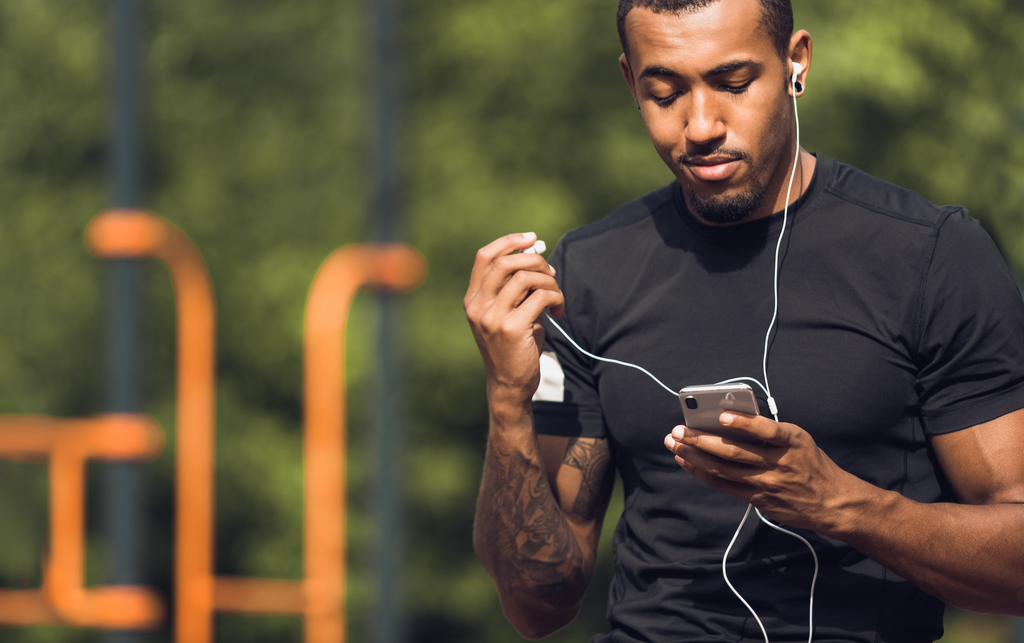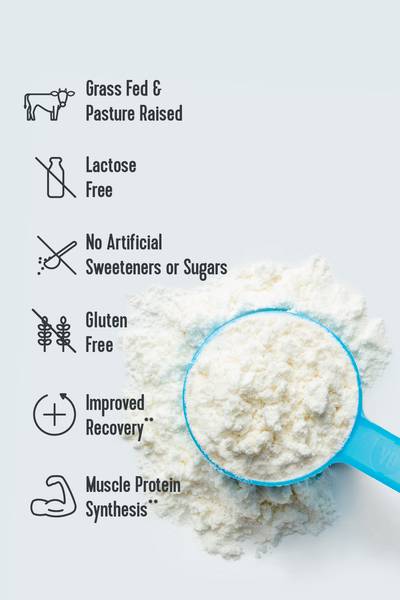Maybe you've mastered the marathon and you're looking for a new challenge. Or, you want to combine your love of water and land sports and attempt a triathlon. But you don’t quite know where to start.
Whether you're training for a sprint triathlon (0.5-mile swim, 12.4-mile bike, 3.1-mile run) or an Ironman (2.4-mile swim, 112-mile bike, 26.2-mile run) these tips will help you reach your full potential.
Vital Note: This article has been made available for informational and educational purposes only. It is not intended to be a substitute for professional medical advice, diagnosis, or treatment. Always seek the advice of your physician or another qualified health provider with any questions you may have regarding a medical condition. Your licensed healthcare professional can best provide you with the diagnosis and treatment of any medical condition and assist you as well in deciding whether a dietary supplement will be a helpful addition to your regimen.

How long do you need to train for a triathlon?
It depends on the person, and also the type of triathlon you want to complete. The minimum you truly need to prepare for a triathlon can vary dramatically from one person to another but a great place to start (especially for a sprint triathlon) is three months out, Head Coach of Absolute Endurance, Garret Seacat, C.S.C.S., tells Lively.
And, training for longer triathlons, like Ironmans, will take longer, possibly even upward of six to eight months (again, dependent on several factors such as current and previous exercise history), Hannah Daugherty, Certified Personal Trainer and Fitness Writer at Nextluxury.com tells Lively.
"Your goal should be to get in a solid 8 to 10 hours of training a week for those three months before the event," Seacat says. "Remember, you are not a professional athlete and are likely just getting started again so take it easy and listen to your body."

What are the best tips for beginners that want to try a triathlon?
"Some of the best coaching tips to get started with are get your head face down in the water and reach out when swimming," Seacat says. "99 percent of new triathletes, unless they come from a swimming background, all make the same mistakes. The most common, by far, is keeping their head up when you need to be facing straight down."
Remember, your stroke is far more efficient and powerful than kicking, so you need to take advantage of it. If your stroke is shorter, you’re not getting the most forward propulsion for your effort.You are then stuck compensating for this by having to stroke more often, and working harder, which will cause you to fatigue faster.
If you're really new to the sport, it may be helpful to follow a triathlon training program. It's very difficult to know where to begin and so following a training guide can help you achieve your goals. For most beginners, you should opt for two days of running, two days of swimming and two days of cycling, says John Gardner, NASM, CEO and Co-Founder of Kickoff. Here are four other tips from Gardner.
- Focus on improving your fitness level first by performing cardio exercises such as running, cycling or swimming first before opting for triathlon training.
- Do not focus on pace, or over-exhaust yourself. Instead, start small and build up distance and pace gradually.
- Be consistent. You need to improve your fitness level to be able to train for a triathlon and that requires you to get used to exercising regularly.
- Rest days are important. You don't want to burn out or end up over-exercising. You need to give your body the chance to recover and that means rest days, sleep and good nutrition.
What are general tips for someone training for a triathlon?
Listen to your body. For example if you need an easy day but still want to train, that is the best time to go to the pool, rather than heading out for a hard run. Additionally, you should schedule rest days as part of your training plan.
If you are truly looking to gain some quick speed to help with your time, complete some hard intervals on the bike to the best bang for your buck. Seacat suggests a good 10 minute warm-up, then a one minute all-out effort, followed by two minutes of recovery. Repeat this 15 times, then follow it up with another 10 minutes of easy riding to cool down.
"Hard VO2 max efforts like those completed two to three times a week have been shown to improve overall fitness in athletes in a very short amount of time," Seacat says.
If you're aiming for a certain time goal, one of the best things you can do is practice your transitions; this doesn't seem like it would be a big deal, but valuable time can be lost if you are fumbling between each event. Practice coming out of the water and getting your gear on for the bike ride, and then practice coming off of the bike and transitioning to the run.
"Strategize where you want your gear to be for each part of the race, so you’ll have everything ready to go when needed," Daugherty says. "This can save you several minutes when it comes to actually going through the movements on race day!"
Related Articles
How many hours a week should you train for a triathlon?
"You should be looking at 1.5 hours in the pool, 4 to 5 hours on the bike, and 1.5 to 2 hours of running a week," Seacat says.
Another way to think about it, is how many hours you should put in a day. Depending on your fitness level and goals, think about training one to two hours per day for six days a week. Consider that you need 2 days for each sport per week and 1-2 hours per session depending on your fitness level and goals, Gardner says.
"Aside from training hours, you want to remember to include rest days into your workout routine; not only will this help keep you fresh for subsequent workouts, but allow your body time to recover from the prior workouts — thus giving you a stronger, healthier, and more powerful base to continue triathlon training," Daugherty says.















